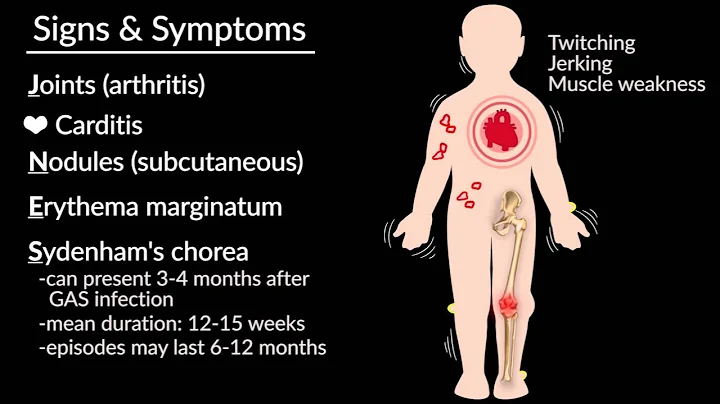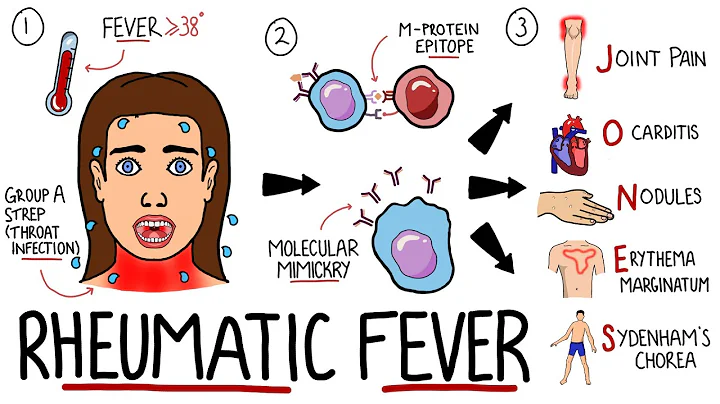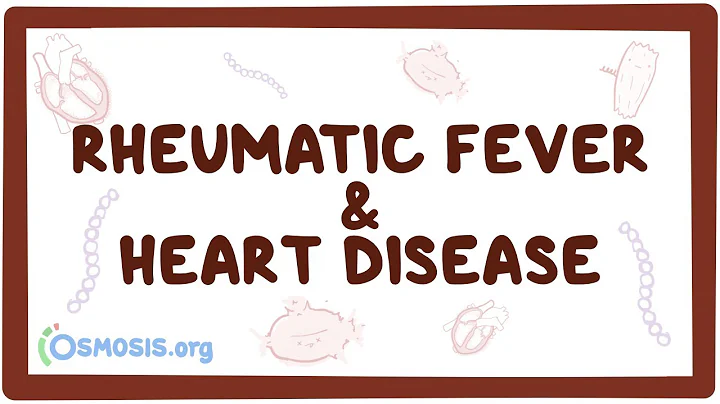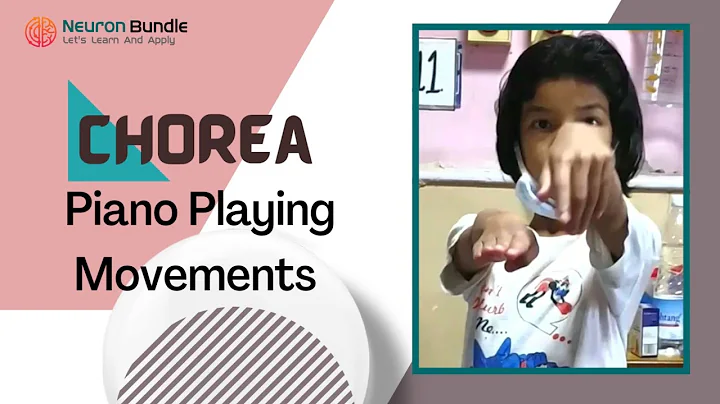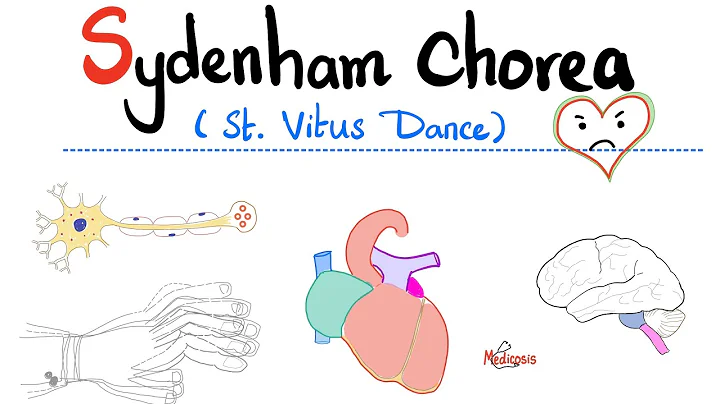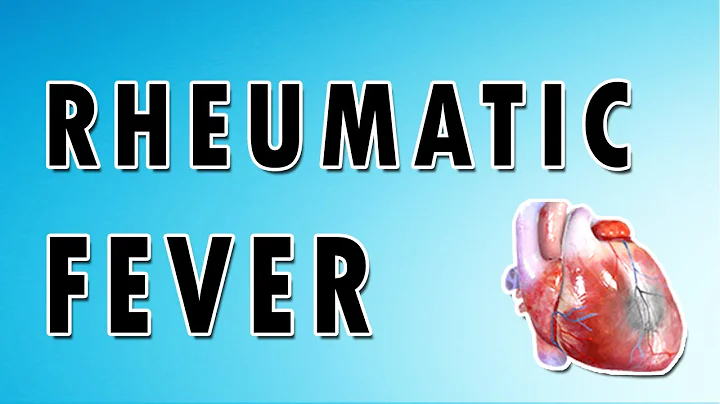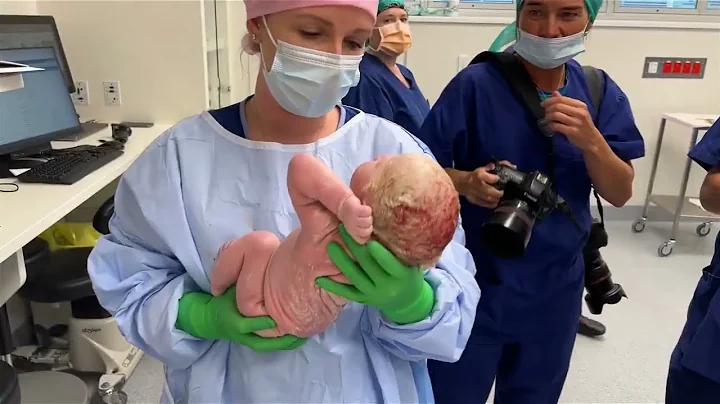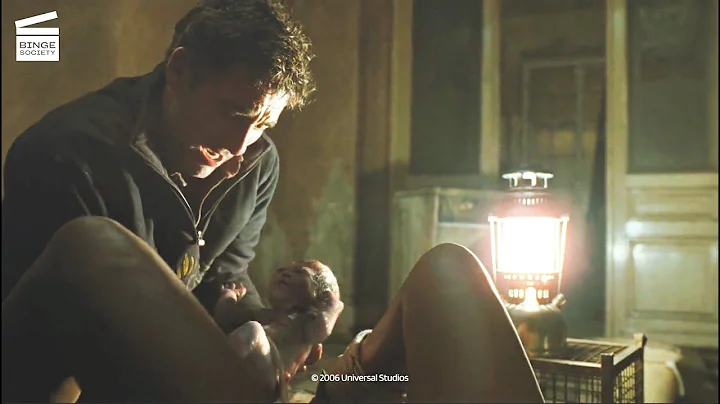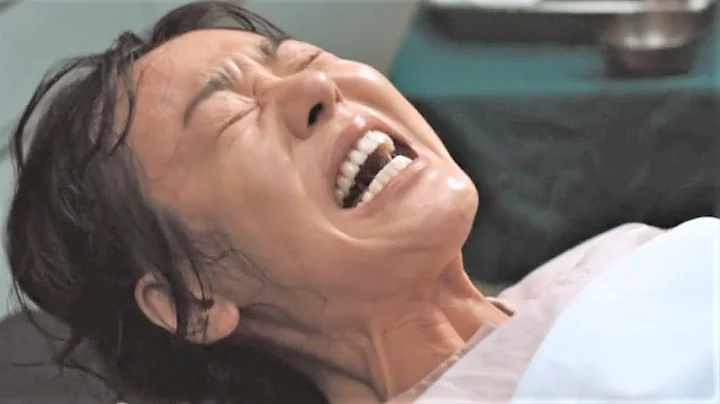chorea is also called rheumatic chorea . It often occurs after streptococcus infection and is a nervous system symptom of acute rheumatism. The lesions mainly affect the cerebral cortex, basal ganglia and cerebellum, and are caused by extrapyramidal dysfunction. The clinical features are mainly involuntary dance-like movements. It is more common in children and adolescents, especially in women aged 5 to 15 years. The incidence rate decreases rapidly after adolescence and occasionally occurs in adult women, mainly pregnant women. Encephalitis , diphtheria, chickenpox , measles , whooping cough and other infections, systemic lupus erythematosus and carbon monoxide poisoning can occasionally cause this disease.

The difference between chorea and tics
The symptoms of chorea are different from those of tics. The symptoms of chorea are often not obvious in the early stage. They are manifested as restlessness, inattention, academic regression, clumsy body movements, and crooked handwriting. and objects in hand are often lost, etc. Dance-like movements followed. This is an extremely fast, irregular, aimless and involuntary movement that starts on one side of the face or one limb, gradually expands to one side, and then spreads to the opposite side. At this time, there are difficulties in walking, sitting, dressing, holding pens and other movements, and there are strange facial expressions such as frowning, frowning, blinking, tongue sticking out, etc. In severe cases, there may be difficulties in speech, chewing and swallowing.
Tics are involuntary, sudden, and rapidly repeated muscle twitches, which are often accompanied by explosive, involuntary vocalizations and obscene speech. Tic symptoms first start on the face and neck and gradually spread downward. There are various parts and forms of tics, such as blinking, squinting, pouting, shaking the head, shrugging the shoulders, shrinking the neck, stretching the arms, shaking the arms, raising the chest, bending over, rotating the body, etc. Vocal tics are manifested as guttural sounds and roars, which can gradually transform into stereotyped swearing and swearing words.

Can chorea be cured?
Chorea generally cannot be cured, because chorea is a disease caused by congenital chromosomal abnormalities. It cannot be completely cured by drugs or surgery. Patients can choose symptomatic treatment. . When patients have some mental symptoms, they need to be treated with antipsychotic drugs under the guidance of a doctor. When patients have symptoms of dementia , they need to be treated with drugs that nourish the brain nerves.
Traditional Chinese medicine treatment pays attention to syndrome differentiation and treatment. If chorea belongs to wind-congested meridians, it is necessary to follow the treatment principles of dispelling wind and dredging meridians, nourishing blood and nourishing nutrients, and choose the best traditional Chinese medicine for conditioning. If chorea belongs to the liver and kidney yin deficiency type, it is necessary to nourish the liver and kidneys, nourish blood and extinguish wind. Only in this way can we achieve the therapeutic effect and alleviate the symptoms by choosing Chinese patent medicines according to the symptoms.
The impact of chorea
The life span of patients with chorea is obviously related to the primary disease causing chorea, so the specific situation varies from person to person. Different causes of chorea have different prognosis. The most common diseases, such as chorea minor, are generally self-limiting and will resolve spontaneously in 3-6 months without affecting life span. Huntington's disease is an autosomal dominant genetic disease . The general course of the disease is 10-25 years, with an average of 19 years.

Like other diseases such as spinocerebellar ataxia and hepatolenticular degeneration, it generally does not affect the patient's lifespan. Among the causes of acquired chorea, if chorea is caused by cerebrovascular disease, it generally does not affect life span. If it is due to autoimmune encephalitis or paraneoplastic chorea, the prognosis and survival time are obviously related to the control of inflammation, as well as whether the tumor is resected and whether the anti-tumor is effective.
has more pediatric questions. Please leave a comment and send me a private message. I will reply as soon as possible after seeing it!
